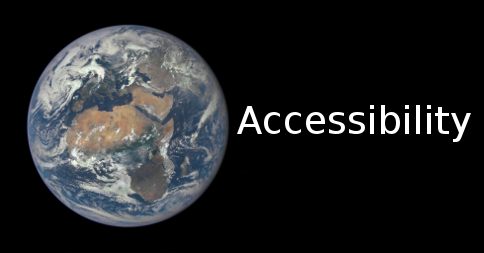
She shudders, grimaces, and hugs herself as her sister spars during a belt test. She flinches at every punch and kick and does not understand her mother’s assurance that the fighting isn’t real, that most of the techniques are controlled. She isn’t convinced that her sister is unharmed.
Due to unforeseen circumstances she is dragged to a tournament. She buries herself in a book and tries to ignore what is going on around her. But when a parent starts yelling, she feels compelled to look up. She is frightened by the loud parent and anxious about the girls who are sparring. She has to step away for a few minutes. She eventually buries herself in her book again.
She grows and matures. At the library she finds a book about superheroes. She gets hooked. Soon she memorizes which heroes belong to which publishers, she knows every power and every limitation. Her tastes in movies change from “My Little Pony” to the PG-13 superhero movies (and she learns cuss words from Wolverine). She learns there are times when one has to use force in order to protect oneself or others. She learns there are things worth fighting for.
She wants to be a superhero. Her mother tells her that being a martial artist will be the closest she’ll get to being a superhero. She’s been listening to her mother’s karate stories at the dinner table. Sometimes she imitates what she sees when her mother practices at home.
She watches her mother undergo a tough belt test. Immediately after her mother’s belt test she puts on some fist pads and imitates what she saw. Her tired, sweaty, hungry mother teaches her a little bit of Karate right then and there under the casual supervision of several yudansha (black belts). She is warned that she will, from time to time, sustain minor injuries. She is finally mature enough to realize that most of the time her mother comes home from class unharmed and injuries heal over time.
Her mother asks if she would like to begin Karate lessons. She says yes. She graduates from high school – a mix of special ed and mainstream classes. As a graduation present her mother enrolls her in the new beginner class. She has fun the first day of class.
This is my daughter. She is autistic and she is brave.
Long-time readers of this blog will recall that I joined my first daughter after she started training. My first daughter decided to stop training and I continued. I never expected my second daughter, who used to be fearful at the merest hint of violence, to develop an interest in Karate. In the opening paragraphs of this post you can see how autism has affected her perception of Karate. You can also see that she grew past it. I waited about a year to see if my daughter really was serious and if she really did understand what training involves. I discussed my training injuries thoroughly with her and made sure she understood real life consequences versus movie consequences. After my ni-kyu test I had no more doubts: she was ready to begin Karate. She had a blast her first week.
I have to admit I do have some anxieties about my daughter’s autism getting in the way of her karate. But according to her high school special-ed teacher, my daughter made some quantum leaps in her personal development. We saw this at home too. I have to trust that. I also trust the sensei (instructor) who teaches the new beginner class. Not only that, I trust Karate itself.
In general, autistic people crave structure in their activities and they appreciate specific guidelines for social interactions. Karate has that. Autistic people, like everyone else, want respect. The dojo is a place where everyone is expected to treat everyone else with respect. My daughter loves ceremony and ritual, so she’ll do well with that aspect of Karate. In the dojo my daughter and I will be adults together – my role as mother will be diminished. This will help us both, I’m sure. I know that Karate aids personal growth on several different levels – and yes, autism has delayed my daughter’s development so she needs the boost that karate can give her. It is likely she will thrive in Karate. I know she’ll have good guidance from the very people who are helping me on my journey.
I didn’t expect this at all from the girl who used to shudder at violence. I’m looking forward to seeing my beautiful, special daughter become Wonder Woman. But even if she decides to stop training at the end of the three months that new beginners commit to, I will be proud of her for trying.





